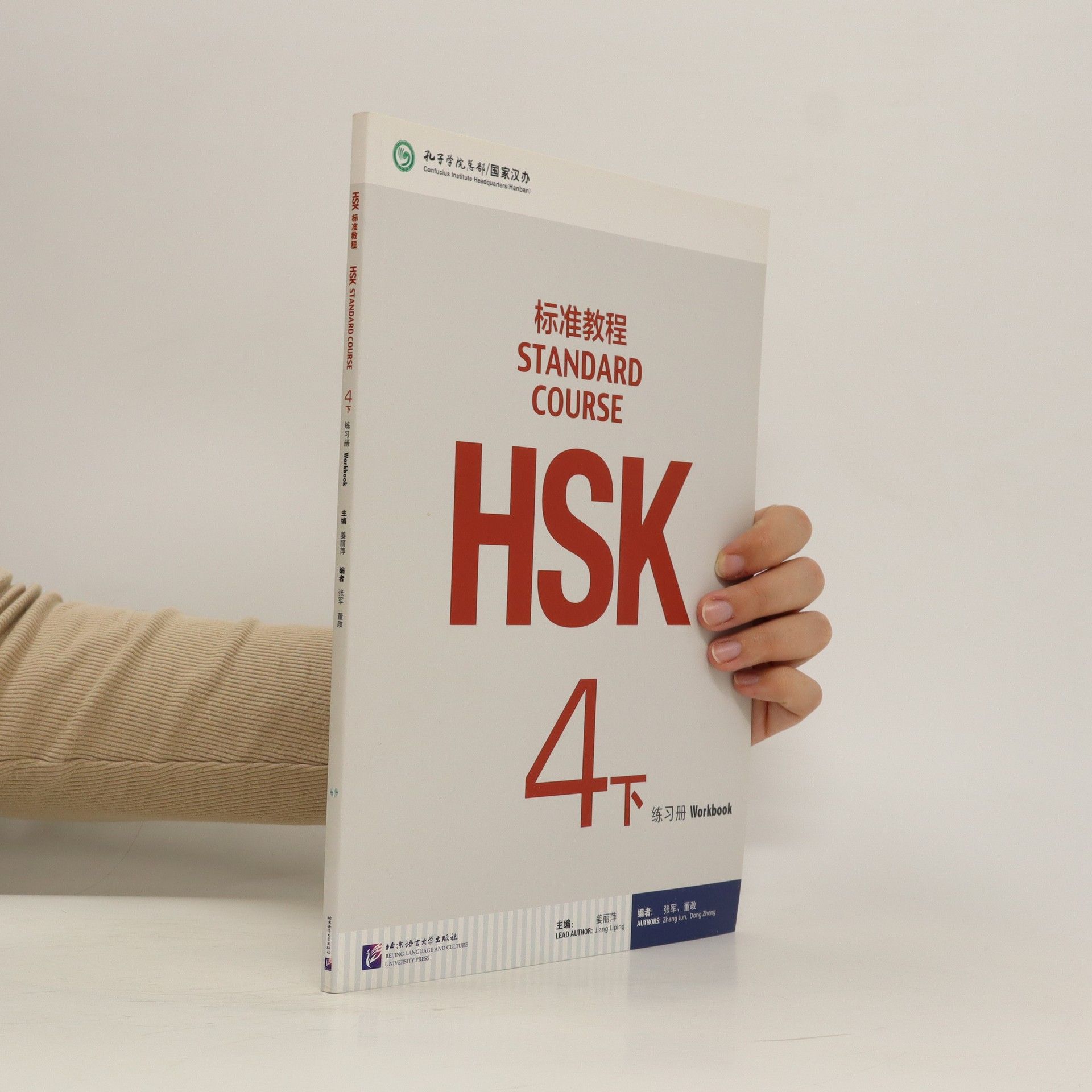HSK standard course 4A. Workbook
- 104 Seiten
- 4 Lesestunden
Authoritative HSK textbook. Officially certified by Hanban.






Authoritative HSK textbook. Officially certified by Hanban.
Authorized by Hanban, HSK Standard Course is developed under the joint efforts of Beijing Language and Culture University Press and Chinese Testing International (CTI). With HSK test papers as its primary source, HSK Standard Course is characterized by a humorous style, familiar topics, and a scientific course design. Matching the HSK test in all aspects, from the content, form to the levels, it is a series of new-type course books embodying the idea of "combining testing and teaching, and promoting learning and teaching by testing". It is suitable for the Confucius Institutes in different countries as well as other Chinese teaching institutions and self-taught learners. The whole series is divided into six levels matching the HSK test, with one volume for each of Levels 1-3 and two volumes for each of Levels 4-6, totaling nine volumes. With a textbook, a workbook and a teacher's book in each volume, there are altogether 27 books. This is Textbook 4A, which includes 10 lessons, covering about 300 words (half of the Level 4 vocabulary) and the detailed explanations of 50 language points and 10 groups of confusable phrases. Upon finishing this book, students will be able to make conversations on a wide range of topics in Chinese and fluently communicate with native Chinese speakers. The book is illustrated with plenty of photos matching the style of the test and is printed in full color. An MP3 CD comes with the book.
The textbook introduces quantitative Tamarkin category theory as a practical alternative to traditional algebraic analysis, making microlocal sheaf theory more accessible, particularly for those interested in symplectic geometry. It consolidates previously scattered material from the literature into a single comprehensive volume, providing a self-contained resource for readers seeking to explore this innovative categorical approach.
Focusing on China's economic growth since the Reform and Opening-up, the book provides insights from a Chinese economist's perspective. It is organized into five sections that explore the transition from a planned to a market economy, industrial reforms, and the interplay between economic growth and political economy. Key topics include strategies for transformation, dual-track pricing, capital formation, and fiscal relations, offering a comprehensive analysis of structural changes and productivity over the past 40 years.
Authoritative HSK textbook. Officially certified by Hanban.